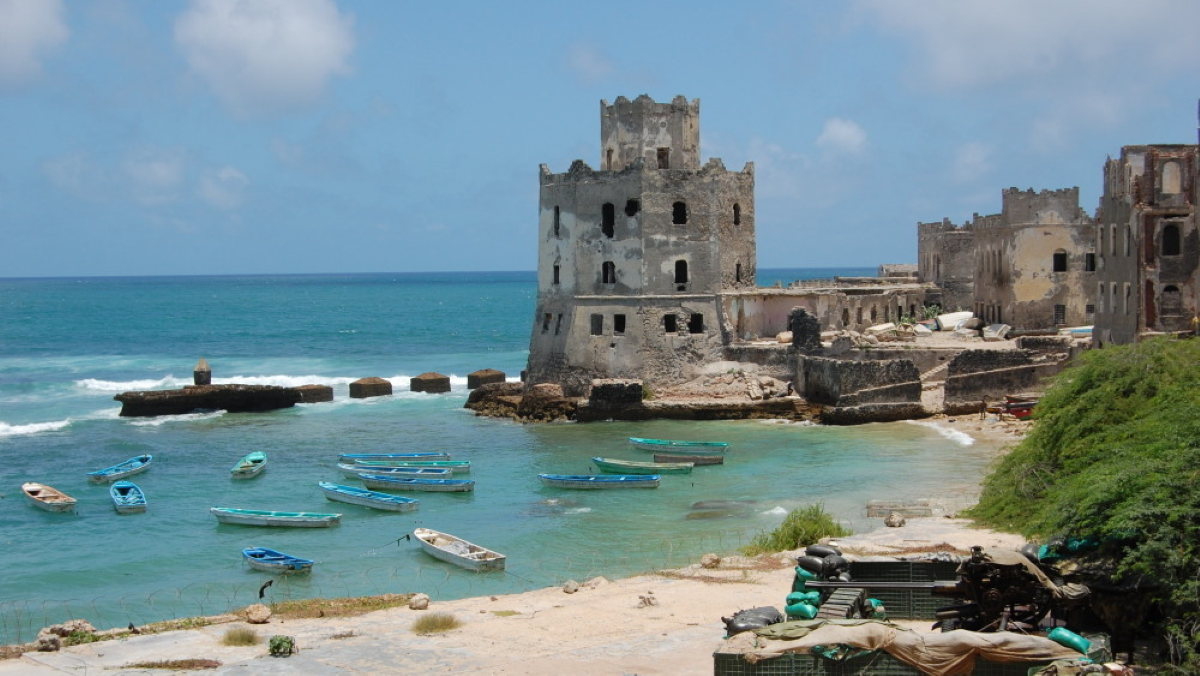Somalia, located in the Horn of Africa, is a country known for its rich cultural heritage, diverse landscapes, and a resilient population. From its beautiful coastline along the Indian Ocean to its arid interior, Somalia offers a unique blend of natural beauty and cultural significance, making it a captivating destination for those seeking to explore the lesser-known corners of Africa.
Table of Contents
Geography
Somalia covers an area of approximately 637,657 square kilometers, making it the 43rd largest country in the world. The country is bordered by Djibouti to the northwest, Ethiopia to the west, and Kenya to the southwest, with its eastern coast facing the Indian Ocean. Somalia’s geography is characterized by a mix of highlands, plateaus, and lowlands, with the Puntland region in the northeast boasting mountainous terrain. The country has a diverse climate, ranging from arid and semi-arid in the interior to tropical along the coastline.
The Indian Ocean coastline stretches for about 3,333 kilometers, featuring stunning beaches, coral reefs, and rich marine biodiversity. The most notable coastal cities include Mogadishu, the capital, and Kismayo, known for their bustling ports and vibrant markets. Somalia’s interior is predominantly arid, with the Somali Desert covering much of the landscape. The country’s major rivers, including the Jubba and Shabelle, provide essential water resources for agriculture and are vital to the livelihoods of local communities.
Somalia is also home to several national parks and reserves, such as the Kismayo National Park, which offers diverse ecosystems, including mangroves, savannahs, and wetlands. These natural areas are critical for wildlife conservation and provide opportunities for eco-tourism, showcasing the country’s unique flora and fauna.
States of Somalia
Somalia is divided into 6 federal member states.Here’s a table of Somalia’s 6 federal member states along with their capitals:
| No. | State | Capital |
|---|---|---|
| 1 | Puntland | Garowe |
| 2 | Galmudug | Dhusamareb |
| 3 | Hirshabelle | Jowhar |
| 4 | South West State | Baidoa |
| 5 | Jubaland | Kismayo |
| 6 | Somaliland* | Hargeisa |
*Note: Somaliland is a self-declared state, internationally recognized as an autonomous region of Somalia.
History
Somalia’s history is rich and complex, dating back to ancient times when it was a significant hub for trade and commerce. The region has been inhabited for thousands of years, with evidence of early civilizations engaged in trade with ancient Egyptians, Greeks, and Romans. The coastal cities of Mogadishu, Zeila, and Barawa became important trading centers, attracting merchants from across the Arabian Peninsula and beyond.
In the late 19th century, Somalia fell under the colonial rule of various European powers, including Britain and Italy. The British established the protectorate of British Somaliland in the north, while the Italians controlled southern Somalia. This division led to significant social and political changes, as colonial powers imposed their governance and economic systems on the local population.
Somalia gained independence in 1960, unifying British Somaliland and Italian Somaliland into a single state. However, the post-independence period was marked by political instability and military coups, culminating in the rise of Siad Barre, who established a socialist regime in 1969. His rule was characterized by repression and human rights abuses, ultimately leading to civil war in the late 1980s.
The civil war resulted in the collapse of the central government and the emergence of various warlords and factions, leading to a prolonged humanitarian crisis. Despite ongoing challenges, Somalia has made significant strides toward recovery and rebuilding in recent years, with efforts focused on establishing a stable government, improving security, and fostering economic development.
Top Ten Must-Visit Destinations
1. Mogadishu
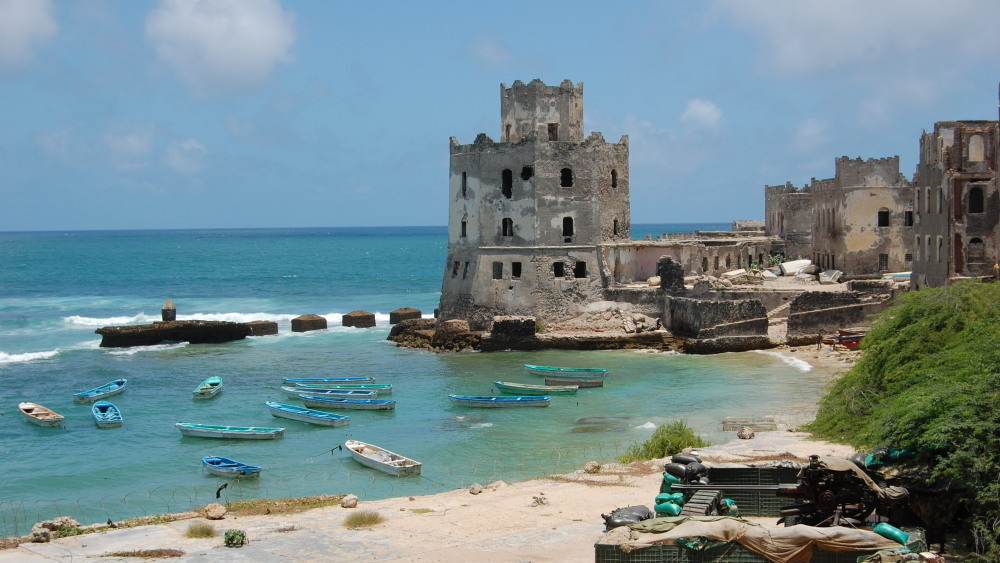
Mogadishu, the capital city of Somalia, is a vibrant metropolis with a rich history and cultural significance. Visitors can explore historical landmarks, such as the Arba’a Rukun Mosque and the former Presidential Palace, while enjoying the bustling atmosphere of the local markets. The city’s beautiful beaches, including Lido Beach, offer opportunities for relaxation and leisure.
2. Kismayo
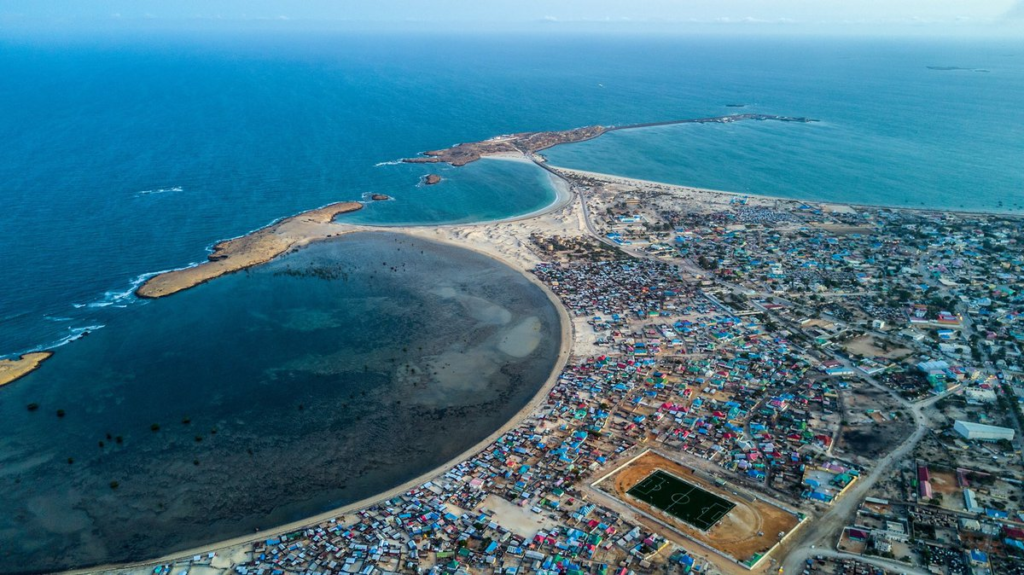
Kismayo is a coastal city known for its stunning beaches and vibrant culture. The city is a melting pot of different ethnic groups, making it a unique destination for experiencing Somali culture. Visitors can enjoy fresh seafood, explore the bustling port, and relax on the beautiful beaches along the Indian Ocean.
3. Hargeisa
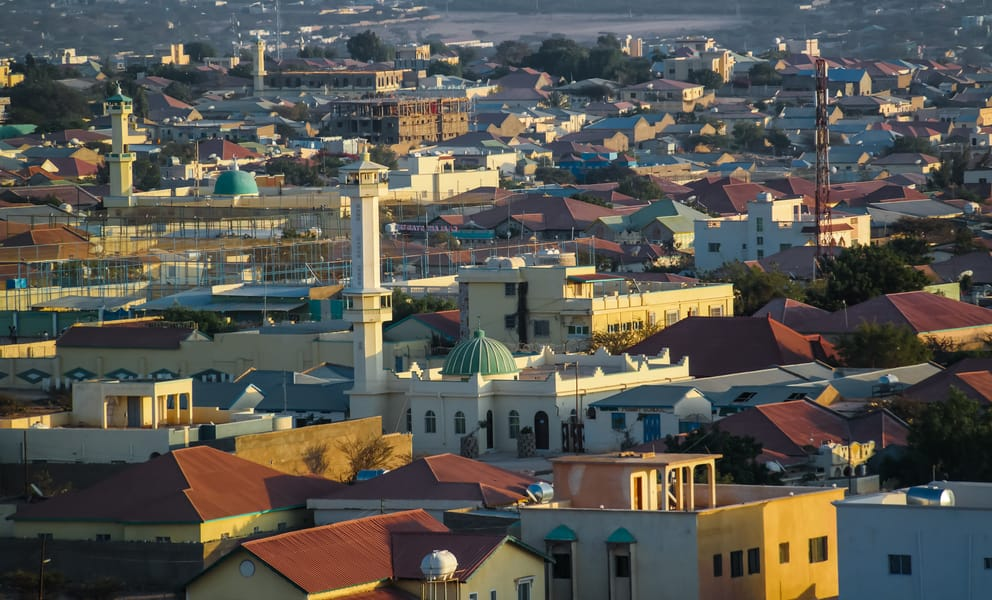
Hargeisa, the capital of Somaliland, is known for its thriving markets and vibrant arts scene. The city features several historical sites, including the Laas Geel rock art, which dates back thousands of years. Visitors can explore the local markets, experience traditional Somali music, and enjoy the warm hospitality of the residents.
4. Laas Geel
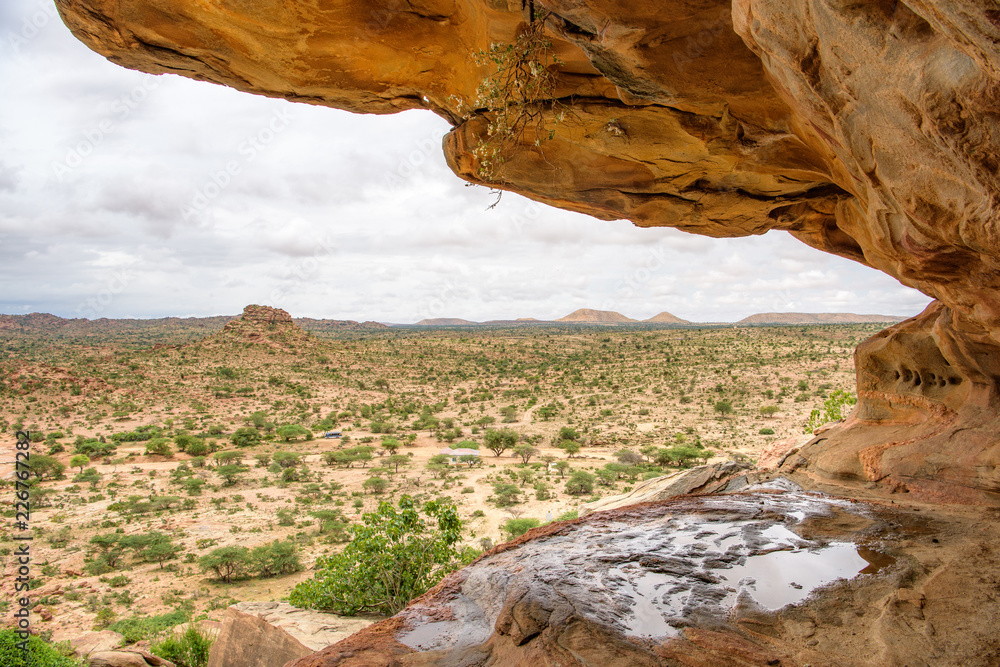
Laas Geel is an archaeological site located near Hargeisa, featuring ancient rock paintings that are considered some of the oldest in Africa. The vibrant artwork depicts various animals and human figures, offering a glimpse into the lives of early inhabitants. A visit to Laas Geel is a must for history and art enthusiasts.
5. Bosaso
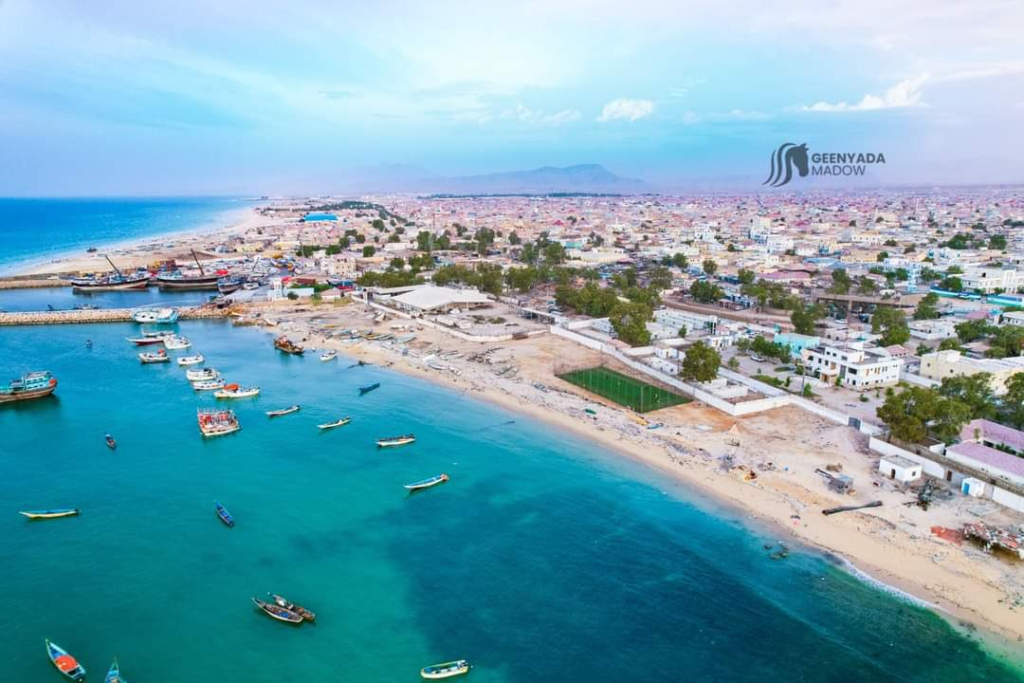
Bosaso is a bustling port city located in the Puntland region, known for its strategic location along the Red Sea. The city offers a lively atmosphere, with markets selling local goods, fresh seafood, and traditional crafts. Visitors can explore the nearby beaches and enjoy water activities such as fishing and swimming.
6. Berbera
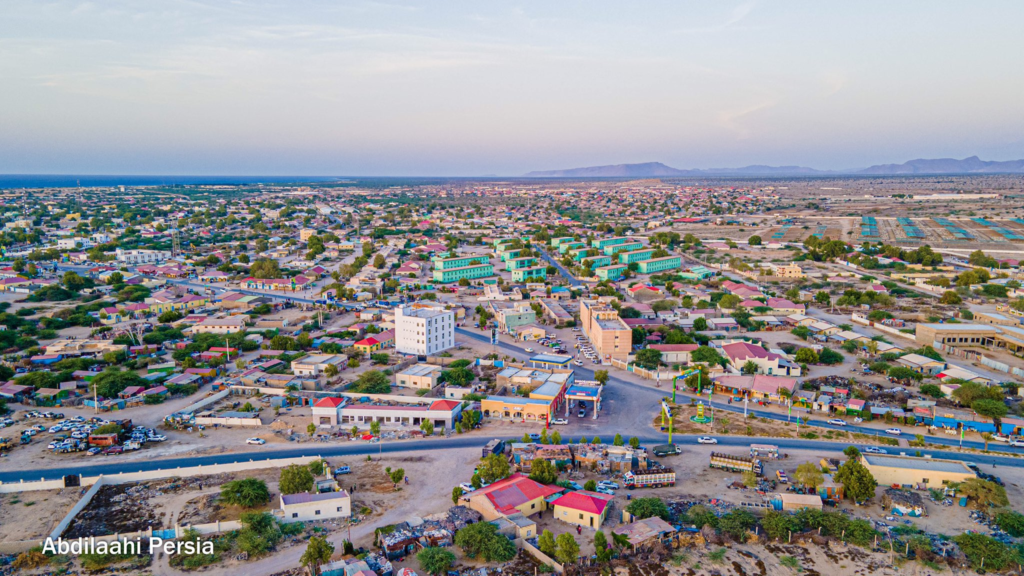
Berbera, situated on the coast of Somaliland, is known for its stunning beaches and historical significance as a trading port. The city features beautiful colonial architecture, including the old port buildings and the mosque of Sheikh Ishaq. Visitors can relax on the sandy beaches and explore the vibrant local culture.
7. Jowhar

Jowhar is a town located along the Shabelle River, known for its agricultural significance. Visitors can explore the lush farmland, enjoy traditional Somali cuisine, and experience the local way of life. The town offers a glimpse into the agricultural practices of the region and the importance of farming to the Somali economy.
8. The Somali National Park
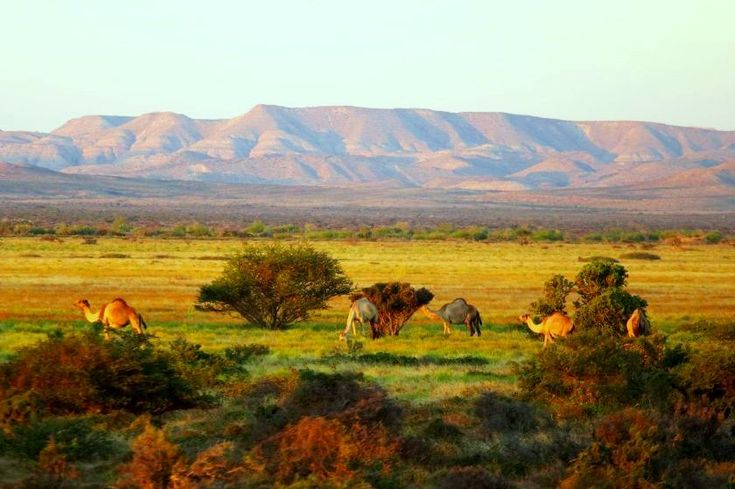
The Somali National Park, located in the northern region, is a protected area known for its diverse wildlife and natural beauty. The park is home to various species of animals, including gazelles, hyenas, and a variety of bird species. Visitors can enjoy hiking and wildlife observation, experiencing the unique ecosystems of the region.
9. Somaliland

Somaliland, a self-declared republic, offers a unique cultural experience distinct from the rest of Somalia. Visitors can explore the vibrant cities of Hargeisa and Berbera, learn about the region’s history, and enjoy the local cuisine. Somaliland is known for its political stability and efforts toward development.
10. Shabelle River

The Shabelle River is one of Somalia’s major rivers, flowing through the country and providing essential water resources for agriculture. The river is a lifeline for local communities, supporting farming and fishing activities. Visitors can enjoy recreational activities along the riverbanks, including picnicking and birdwatching.
Culture
Somalia’s culture is a rich amalgamation of traditions, customs, and artistic expressions that reflect the country’s diverse ethnic groups. The Somali people are known for their oral poetry, storytelling, and traditional music, which play a vital role in preserving their cultural heritage. Poetry, in particular, holds a significant place in Somali society, with poets often celebrated for their contributions to the community and national identity.
The Somali language is widely spoken, with various dialects reflecting the country’s rich linguistic diversity. Traditional clothing, such as the brightly colored dirac for women and the macawiis for men, showcases the country’s cultural identity and is often worn during special occasions and festivals.
Culinary traditions in Somalia are diverse, with a strong emphasis on spices and fresh ingredients. Traditional dishes often include rice, meat, and vegetables, prepared with aromatic spices. Meals are typically enjoyed communally, fostering a sense of togetherness and community among family and friends.
Festivals
Somalia celebrates various festivals throughout the year, reflecting its cultural diversity and traditions. One of the most significant festivals is Eid al-Fitr, which marks the end of Ramadan. This festival is celebrated with prayers, feasting, and communal gatherings, where families come together to share meals and give gifts.
Another important celebration is Mawlid al-Nabi, commemorating the birth of the Prophet Muhammad. This festival is marked by religious gatherings, poetry recitations, and communal prayers. It is an occasion for reflection, unity, and celebration of Islamic teachings.
Cultural festivals, such as the Somali Cultural Festival, showcase traditional music, dance, and art, providing a platform for local artists and performers to share their talents. These festivals promote cultural pride and strengthen community bonds.
Economy
Somalia’s economy is primarily based on agriculture, livestock, and remittances from the Somali diaspora. Agriculture plays a crucial role in the livelihoods of the population, with the majority of people engaged in subsistence farming and livestock herding. The fertile regions along the Shabelle and Jubba rivers are essential for crop production, including sorghum, maize, and bananas.
Livestock is another vital sector of the economy, with camels, goats, and sheep being significant sources of income for pastoral communities. The export of livestock, particularly to the Middle East, contributes to the country’s foreign exchange earnings.
In recent years, Somalia has also made efforts to develop its fisheries sector, capitalizing on its extensive coastline and rich marine resources. Fishing is a vital source of food and income for coastal communities, and the government is working to promote sustainable fishing practices.
The Somali economy faces challenges, including political instability, limited infrastructure, and the effects of climate change. However, ongoing efforts to improve security, governance, and economic development are paving the way for a more stable and prosperous future.
Cuisine
Somali cuisine is a delightful fusion of flavors and ingredients influenced by its historical trade connections and diverse cultural heritage. The staple food is often rice, served with various meats, vegetables, and flavorful sauces. One of the most popular dishes is “bariis isxaris,” a fragrant rice dish cooked with spices and often accompanied by meat or vegetables.
Another traditional favorite is “canjeero,” a type of flatbread similar to Ethiopian injera, typically served with stews or soups. The use of spices, such as cumin, coriander, and cardamom, adds depth and richness to Somali dishes, making them truly unique.
Somali street food is also a highlight, with vendors offering a variety of snacks and meals. Popular items include “sambusa,” a savory pastry filled with meat or vegetables, and “bajiye,” deep-fried lentil fritters. These street foods provide a taste of the local culinary culture and are enjoyed by residents and visitors alike.
Top Eight Most Famous Food of Somalia
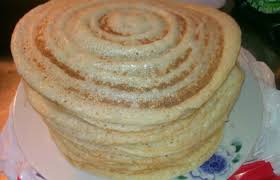
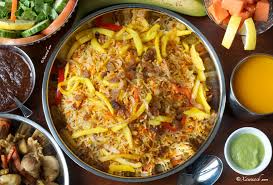
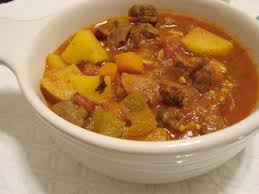
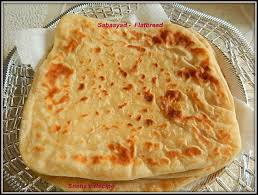
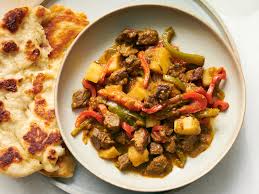

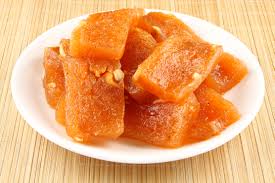

Ten Interesting Facts
- Somalia has the longest coastline in Africa, stretching over 3,300 kilometers along the Indian Ocean.
- The country is known for its unique Somali architecture, characterized by traditional circular huts called “aqal.”
- Somali is the official language, but Arabic and English are also widely spoken, especially in urban areas.
- The Gaaljecel people of Somalia are known for their exceptional craftsmanship, particularly in weaving and pottery.
- Somalia has a rich tradition of oral poetry, with poets often revered as important figures in society.
- The country is home to several UNESCO World Heritage Sites, including the Laas Geel rock art.
- Somalia was once famous for its frankincense trade, with the resin being highly sought after in ancient times.
- The Somali calendar has 12 months and is lunar-based, with each month consisting of 29 or 30 days.
- Somalia is known for its hospitality, with locals often welcoming guests with traditional meals and warm greetings.
- The Somali National Football Team has a passionate following, and football is a popular sport among the youth.
Conclusion
Somalia is a country of resilience, rich culture, and breathtaking landscapes. Despite the challenges it has faced throughout its history, Somalia is gradually rebuilding and embracing its unique heritage. From the stunning coastline to the vibrant cities, Somalia offers a wealth of experiences for those willing to explore its beauty and history. As the country continues to move forward, it invites visitors to discover its rich traditions, warm hospitality, and the wonders of its diverse landscapes.
let’s enjoy few years on earth with peace and happiness….✍🏼🙏

